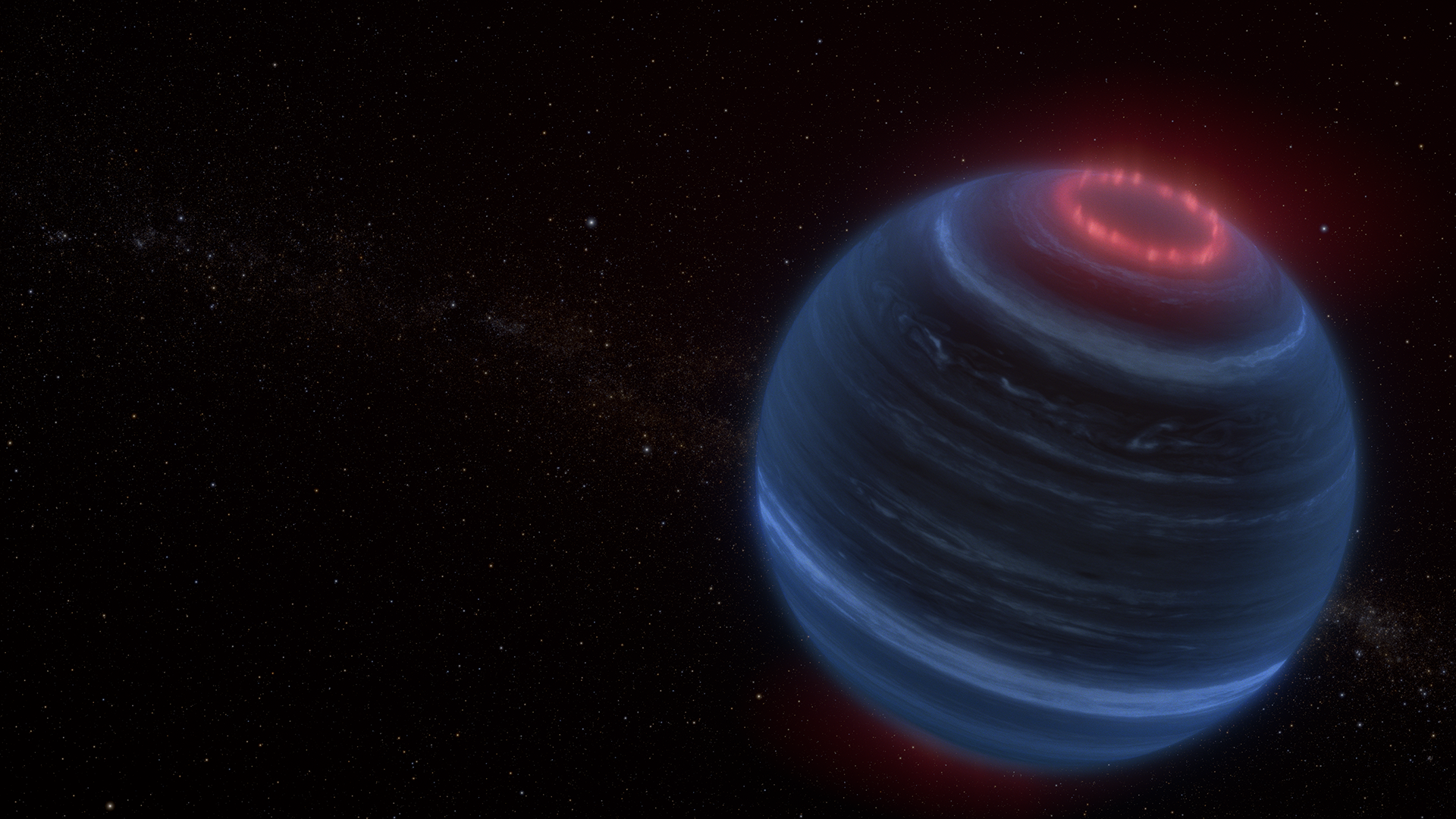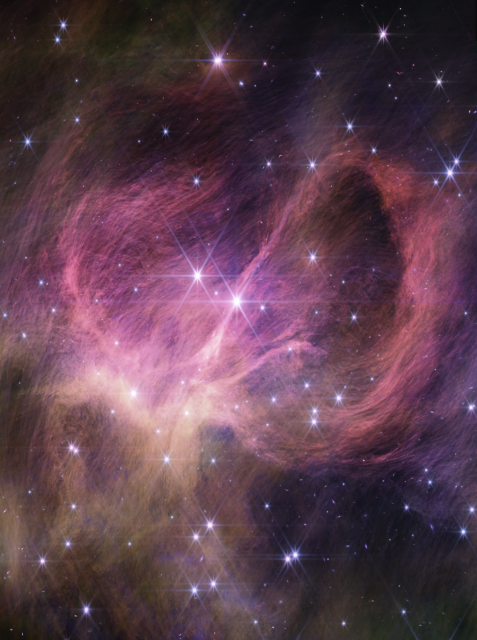Search
Items tagged with: BrownDwarfs
A Solar Neighborhood Census, Thanks to NASA Citizen Science science.nasa.gov/get-involved/… #NASA #AstrophysicsDivision #BrownDwarfs #CitizenScience #NEOWISE #Stars #TheUniverse #WISEWideFieldInfraredSurveyExplorer

A Solar Neighborhood Census, Thanks to NASA Citizen Science
To take a census of nearby cosmic objects, sending out a survey won’t work. Scientists need to use many telescopes with different specializations to chart what is in the general neighborhood of the Sun.science.nasa.gov
NASA’s Hubble Finds that Aging Brown Dwarfs Grow Lonely science.nasa.gov/missions/hubb… #NASA #BrownDwarfs #GoddardSpaceFlightCenter #HubbleSpaceTelescope #Missions #TheUniverse

NASA's Hubble Finds that Aging Brown Dwarfs Grow Lonely
It takes two to tango, but in the case of brown dwarfs that were once paired as binary systems, that relationship doesn’t last for very long, according to a recent survey from NASA’s Hubble Space Telescope.science.nasa.gov
NASA’s Webb Finds Signs of Possible Aurorae on Isolated Brown Dwarf nasa.gov/missions/webb/nasas-w… #NASA #JamesWebbSpaceTelescopeJWST #Auroras #BrownDwarfs #GoddardSpaceFlightCenter #Heliophysics #ScienceResearch #Stars #TheUniverse

NASA’s Webb Finds Signs of Possible Aurorae on Isolated Brown Dwarf - NASA
Infrared emission from methane suggests atmospheric heating by auroral processes.Steve Sabia (NASA)
NASA’s Webb Identifies Tiniest Free-Floating Brown Dwarf nasa.gov/missions/webb/nasas-w… #NASA #JamesWebbSpaceTelescopeJWST #Astrophysics #BrownDwarfs #Exoplanets #GoddardSpaceFlightCenter #Missions #ScienceResearch #Stars #TheUniverse

NASA’s Webb Identifies Tiniest Free-Floating Brown Dwarf - NASA
Brown dwarfs are objects that straddle the dividing line between stars and planets. They form like stars, growing dense enough to collapse under their ownSteve Sabia (NASA)
